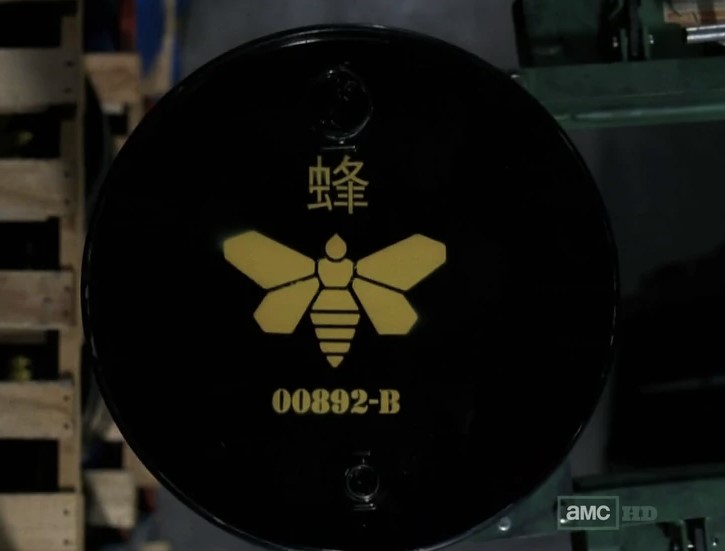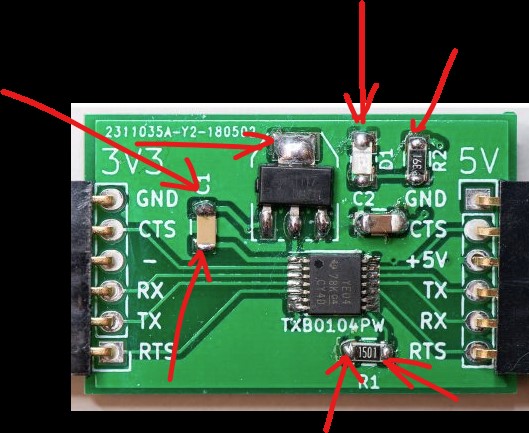F2 Labs assists manufacturers around the world with compliance obligations. Historically we have been an accredited test laboratory for electrical, electro-mechanical, EMC, and radio testing. We expanded to offer services to our customers for the EU RoHS Directive 2011/65/EU in 2015 and then added REACH (EC) 1907/2006 as a service offering in 2019.
RoHS and REACH are completely separate compliance requirements and are independent of each other. RoHS is a CE marking requirement and controls the use of ten particular substances. REACH is an EU requirement and, for manufacturers, compels them to identify if any item in their device contains greater than .1% of any of 223 SVHC’s. SVHC means substance of very high concern. We will focus on REACH in this article.
The SVHC list changes every six months. The European Chemicals Agency, also called ECHA, is in charge of this. They never remove substances from this list, it only grows. Last July the list grew from 211 to 219 substances. Four more substances were added in January 2022 to bring it to the current list of 223 SVHCs.
THE WEEDS
Now, let’s not get too far into the weeds. Let’s discuss only the part of REACH that affects companies selling products into the EU. To do that I need to explain a common disconnect between what REACH means, overall, versus what REACH means to you… a business trying to cross the t’s and dot the i’s of EU compliance.
For practical purposes REACH could be two laws… one law that deals with companies that manufacture large amounts of chemicals and another that deals with manufactured items. Lets look at the first scenario; a chemical manufacturer… or an organization that deals with large amounts of chemicals on their own. I thought about an example to use for this to show what I mean and two sprang to mind.
The first example is a company like Dupont. When I think of Dupont the image, below, immediately takes shape.

The above is a train car with thousands of gallons of Titanium Dioxide. I looked up the CAS number (chemical abstract service) for Titanium Dioxide: 13463-67-7. This substance is not on the ECHA SVHC list but it does have compliance requirements under ECHA and REACH: Titanium dioxide ECHA information. Guess what? If you make a hair-dryer or a robotic cell for moving items around this has no bearing on you, at all. It is something Dupont will need to deal with before moving these containers into the EU. By the way, Titanium dioxide is a common chemical, used in things like soap.
The second example is the company in the show Breaking Bad that sold Methylamine to Walt and his colleagues.

That company, I can’t think of its name, bought Methylamine from a German company and then illegally sold it to Walt’s crew. The CAS no. for Methylamine is 74-89-5. It does not appear on the REACH SVHC list. If it is such a dangerous substance then why is it not on the restricted list? Good question.
The answer is that it is controlled by REACH and ECHA — but not in a way that would touch you as a machinery or device manufacturer.
WHAT DOES REACH MEAN TO YOU?
For our customers REACH means something different. For our customers REACH means that you will need to identify if any of the 223 substances of very high concern are in your product. The restriction level is .1% and it applies individually to every part in your machine. For example, lead in the solder on a board in your device will trigger a requirement to alert your customers that your device has SVHC content.

Keep in mind that compliance requirements are triggered once your device exceeds .1% content of any of the (growing) list of 223 SVHCs. The important thing to know is that the weight threshold is not against your device… it is equally applicable to every individual part of your device. So – if we melted that board down and separated it into lead on one side of the balance beam and everything else from the board on the other side there are compliance requirements under REACH if the weight of the lead is greater than .1% of the weight of the whole board.
Now, consider that you will need to do that for all 223 substances of very high concern, individually, for every single item on your BOM, including all the little parts on your board, every screw, the labels, even the paint… and if you continue to sell into the EU you will need to redo this activity every six months!
DON’T THROW YOUR HANDS UP, CALL US!
Throwing your hands up? Don’t. We can handle this for you at F2 Labs and we can do it at the same time we do your RoHS evaluation. Usually we can collect this information from your suppliers. Sometimes quickly, sometimes with a lot of coaching. We take that burden from you. Project by project or every device you sell into the EU. We can even separate your devices by common subassemblies so that if you change a part that is used in multiple SKU’s it can be updated globally in our system – with a simple email to us.
Want to discuss your project with us?
We can be contacted via this link. We can be reached by phone at 877-405-1580 and are here to help you.
F2 Labs is here to help.
